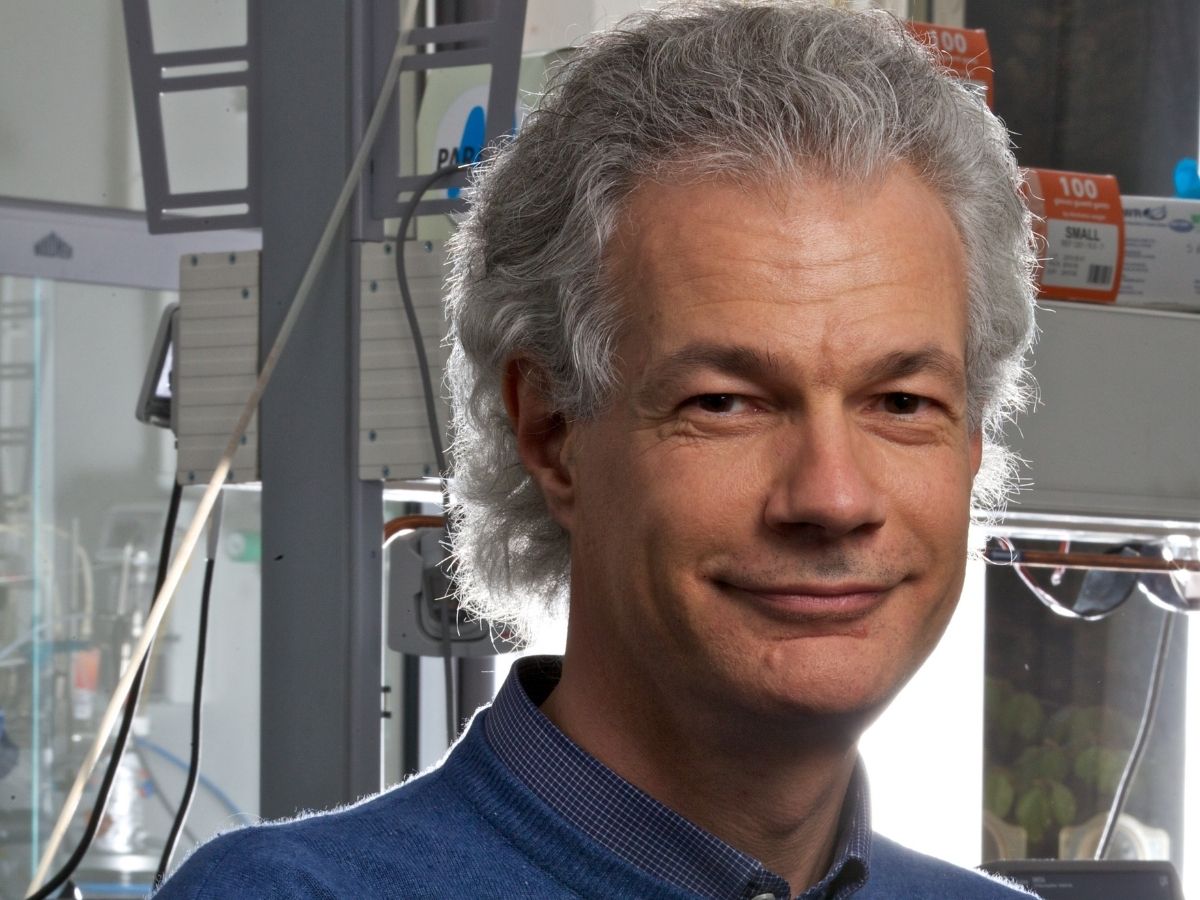Interview with Fabrizio Pirri, coordinator of IIT’s Center for Sustainable Future Technologies in Turin.
COP26 in Glasgow highlighted the quest for new manufacturing parameters that can reduce the environmental impact of pollutant emissions into the air. Scientists will play a leading role in this huge effort focused on the identification of environmentally-friendly technologies.
At IIT in Turin, this is a long-standing commitment, as Fabrizio Pirri, coordinator of CSFT@PoliTo – Turin, reminds us.
“Today technology has developed to the point at which it can produce enough renewable energy to supply the electricity grid. The objective for the ‘mission innovation’ project that is part of COP26 is to reach a substantial number of Western countries in which 100 percent of the electrical energy comes from renewable sources by 2030. This operation will require the renewal of electricity grids and their closer integration with gas distribution networks, which will soon be carrying hydrogen and green methane. In addition, as renewable energy is not supplied continuously, various types of stabilisation technology will have to be added to the grid, involving processes that allow energy to be stored when it reaches peak levels exceeding take-up, so that it can later be recovered when there are drops in available energy. These processes involve the development of electrical storage systems: batteries and supercapacitors, chemical storage methods, and hydrogen or green methane. Hydrogen produced from renewable energy, not only at moments of excess supply on the grid but also by means of dedicated production based on renewable energy, would ensure that part of the world’s energy demand could be met by this gas. Certainly there will be activities and contexts in which hydrogen cannot be used, but in this case the use of green fuels, methane or synthetic fuels produced from carbon-based waste, will have an impact on the environment through the zero CO2 emissions. This is the direction that should be taken, and we are working on this. But in order to achieve significant objectives, politicians have to intervene, in order to regulate the use of these energy sources, reducing the purely fiscal approach that can be seen in the energy sector’s taxation profile, and providing support for companies intending to convert their production processes towards an ecological energy conversion chain. If politicians understand that companies are willing to produce and utilise renewable energy sources and green fuels, and if the latter become economically viable because they have been relieved from oppressive levies, we will certainly be taking an important step forward towards improving the ecosystem”.
So the work of your researchers at the centre you run is aimed at developing new technological solutions with zero environmental impact?
That’s right. The centre in Turin was set up in 2017 with the aim of studying the transition towards energy based on the ‘zero carbon economy’, which means mastering and studying those forms of technology making it possible to minimise CO2 emissions or capture CO2 and transform it into chemical molecules with high added value, including fuels. In recent years, in view of the economic system’s growing interest in hydrogen, we have converted part of our laboratories, upgrading them so that they can work on technology for the production and storage of hydrogen and its use in the devices known as fuel cells. Today, the centre is working in three directions: the first is the production, storage and use of hydrogen in fuel cells, the second is based on the capture of CO2 and its incorporation into high added-value chemicals. The third line of research regards an area that in our country is still inexplicably ignored: electricity storage. In a complex and constantly changing manufacturing system, we will need efficient electricity storage equipment. We will have to work more on supercapacitors rather than batteries, which are of limited sustainability as regards ecological considerations and strategic materials.
So supercapacitors seem to represent a powerful opportunity for constructing a green process.
That’s right. In fact, supercapacitors can already be built using green technology; batteries, on the other hand, are built using materials that are not environmentally sustainable and are difficult to source. Supercapacitors can adapt to unstable boundary conditions and can be used, both for the storage and utilisation of energy, even in sub-optimal conditions as regards external factors. Part of the relationship between energy producers and energy users will increasingly have to rely on supercapacitors, which are becoming closer to batteries in terms of performance. Our laboratory has focused on this research niche. Over the next few months, a dry room will be operating, manufacturing supercapacitor packs on an industrial scale.
IIT has a consolidated relationship with the University. A good example of cooperation between two very important research institutions in our country.
Relations with the Politecnico di Torino – Turin Polytechnical University – are excellent. A large part of the laboratories that now cover about 3,000 square metres, in addition to those currently being completed for a further 1,500 square metres, has been implemented with this institution. The premises managed by the technology park, where we are now, are used in part by the Polytechnical University and in part by IIT in a sharing agreement. My dream is to expand these spaces by financing the operation using PNNR (Piano Nazionale di Ripresa e Resilienza – National Recovery and Resilience Plan) funds, and to further develop our research programmes with POLITO (Turin Polytechnical University), and I hope also with UNITO (University of Turin). Over the next two years I would like to be able to develop three pilot plants. This in addition to the dry room capable of ‘packaging’ supercapacitors at a pre-industrial level. One pilot plant for prototyping and testing electrolysers for hydrogen production, and one plant that can make and test fuel cells in which hydrogen is used for electricity generation. This pilot plant will also be able to manufacture and test fuel cells’ close relatives, CO2 reduction systems.





